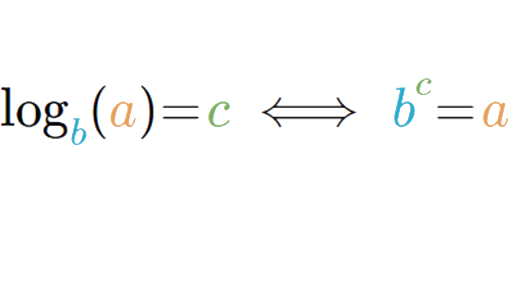The natural logarithm of a number is its logarithm to the base of the mathematical constant e where e is an irrational and transcendental number approximately equal to 2 718 281 828 459 the natural logarithm of x is generally written as ln x log e x or sometimes if the base e is implicit simply log x.
What does ln do in math.
Log 100 this usually means that the base is really 10.
The natural logarithm of one is zero.
The natural logarithm of a number x is defined as the base e logarithm of x.
Ln x log e x so the natural logarithm of e is the base e logarithm of e.
The math robot says.
So the natural logarithm of e is equal to one.
The natural logarithm of zero is undefined.
Ln x is an abbreviation for the natural logarithm of x.
It is called a common logarithm.
In addition to the four natural logarithm rules discussed above there are also several ln properties you need to know if you re studying natural logs.
E 1 e.
The limit near 0 of the natural logarithm of x when x approaches zero is minus infinity.
Parentheses are sometimes added for clarity giving ln x log e x or log x.
You also sometimes see the function log x which uses 10 in its definition instead of e.
Natural logarithm of infinity.
Sometimes a logarithm is written without a base like this.
On a calculator it is the log button.
Ln 5 2 2 ln 5 key natural log properties.
But e is the amount of growth after 1 unit of time so ln e 1.
In mathematical terms a logarithm of a number is the exponent that is used to raise another number the base in order to arrive at that number.
A logarithm ln is a concept in mathematics that denotes the number of times a number has to be multiplied by itself in order to arrive at a specified value.
Engineers love to use it.
Ln x y y ln x the natural log of x raised to the power of y is y times the ln of x.
Ln e log e e 1.
Because they are defined to be inverse functions clearly ln e 1 the intuitive human.
The limit of natural logarithm of infinity when x approaches infinity is equal to infinity.










